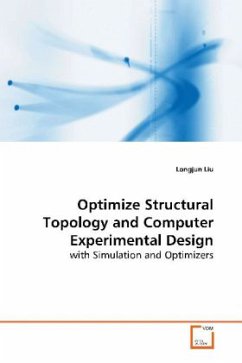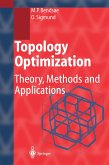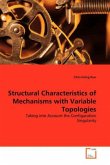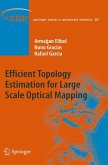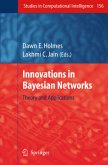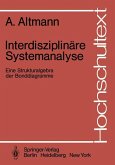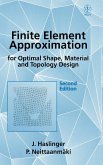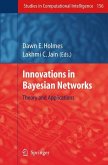Two new topology optimization methods are presented and many sampling design methodologies for computer experiments are compared. HIMO combines a sizing optimizer with a metamodeling technique. A sizing optimizer finds feasible and optimal solutions in size (e.g. plate thickness). All performance constraints are handled. Then a metamodel is to fit all optimal solutions and is then used to find the optimal topology design. Only the objective (e.g. weight) is approximated, thus large-scale structural systems can be optimized. HIMO resulted in 18% and 36% weight savings for two real projects. SOTO directly uses a sizing optimizer to optimize topology as well as thickness. The thinner elements are gradually deleted to achieve improved topology. The design problem is then reformulated with much fewer design variables for final sizing optimization. To improve metamodeling in HIMO, 18 experimental design methods are compared. Sample sizes affect accuracy more than design types. Enough samples are needed to achieve low error with one-stage sampling. More uniform sampling does not generally lead to more accurate prediction unless involving extremely non-uniformity.
Bitte wählen Sie Ihr Anliegen aus.
Rechnungen
Retourenschein anfordern
Bestellstatus
Storno

